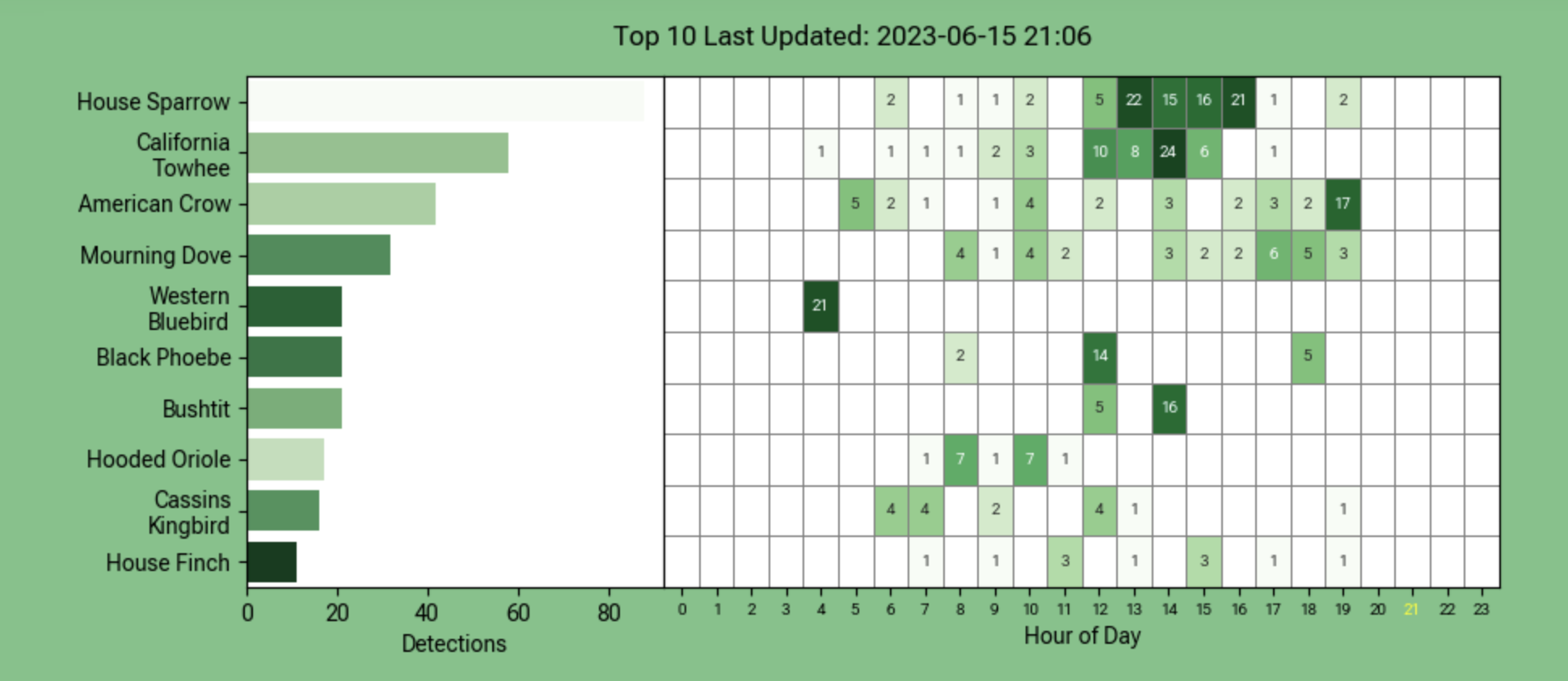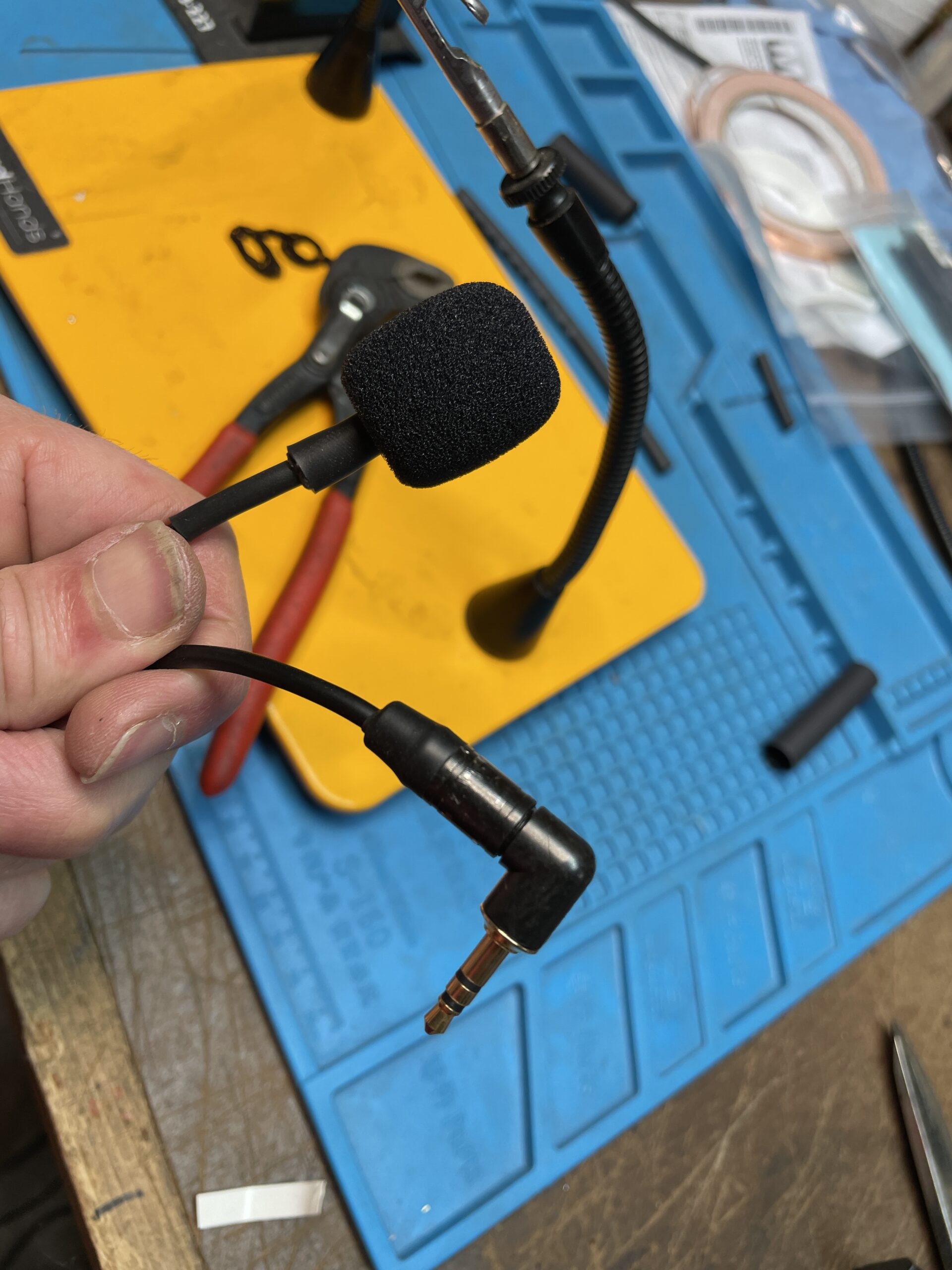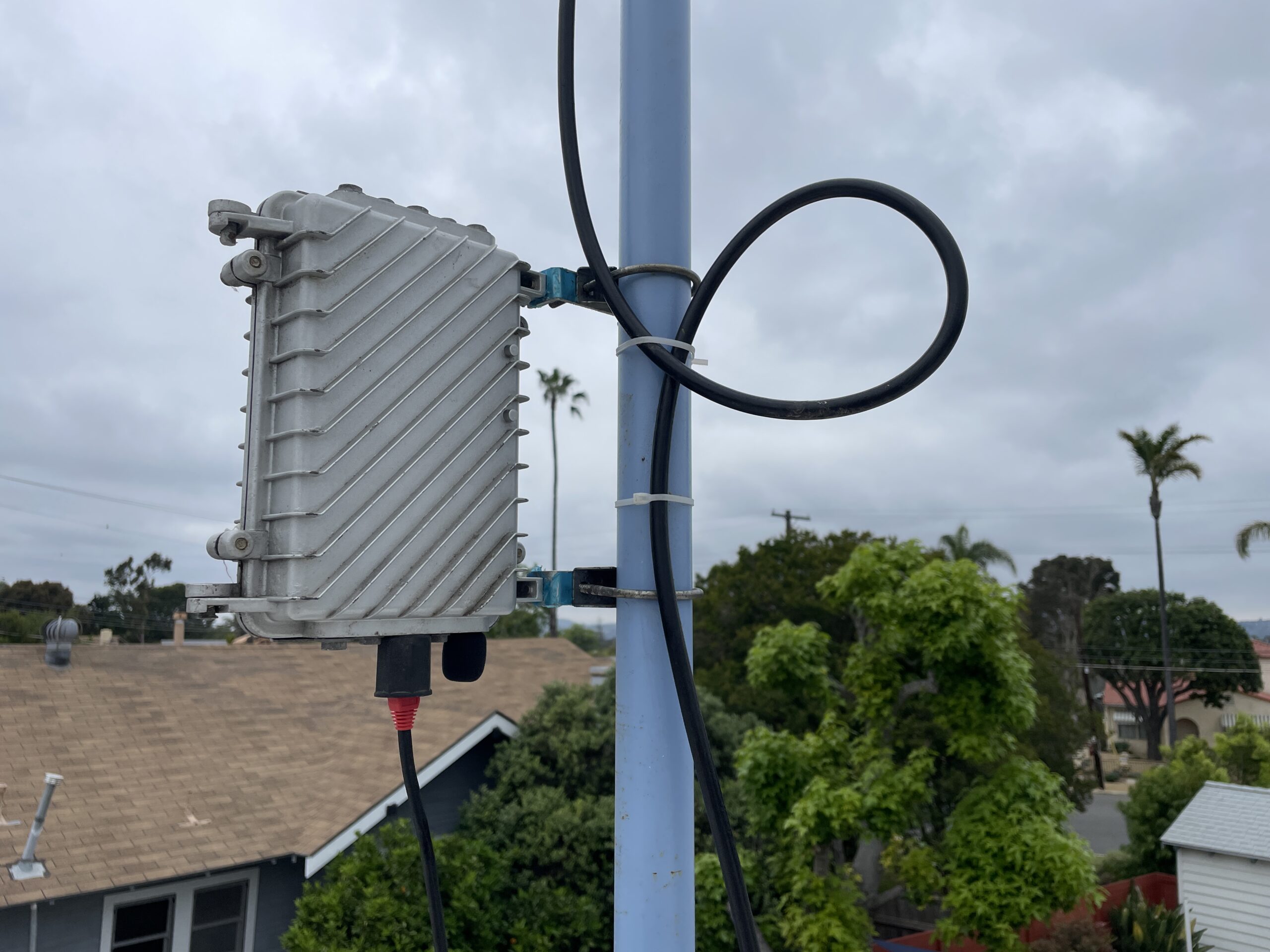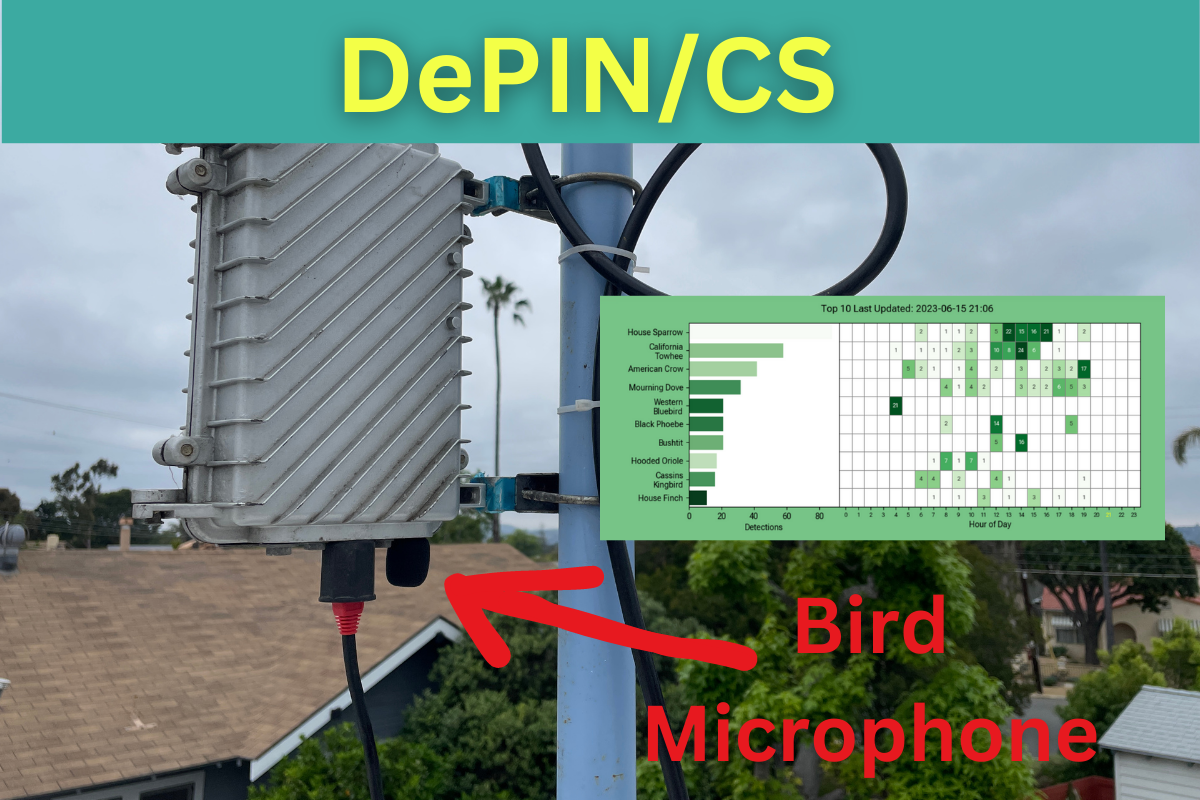Now that Helium has shown the world how to deploy a global network of physical devices at a low capex, and Hivemapper, GEODNET, and WeatherXM (among many others) following suit, what should we expect to see in the next year?
My guess is we’ll see the rise of DePIN/CS, for Decentralized Physical Infrastrucutre Networks/Citizen Science.
Many of these projects already exist, supported by enthusiasts around the world who already build and deploy sensing devices. It could be the Raspberry Shake project monitoring earthquakes, or Birdnet tracking birdsong, or Sky360 keeping an eye on what goes on up above us. All of these projects show an average person how to employ technology to gather data about the world around them, then share that data to the global community.
Here’s a page from my Birdnet instance, showing what birds were heard about my backyard. You can listen to these birds (or ones closer to you) over on the BirdWeather app.

With hundreds of thousands of people introduced to the idea that they can move slightly above the average understanding of how to employ technology (deploying almost a million LoRaWAN gateways around the world in Helium’s case), there is a distinct hunger for setting up a data-capture device that improves our understanding of the world and capturing some of the value from that data stream.
What will really accelerate this is figuring out the dual paths of DIY devices as well as manufactured hardware. Outside of Helium (and they only did it for a short while), very few projects have explored DIY options, mostly due to security reasons. The question remains: How do you make sure the data flow you’re getting is real, accurately asserted, and correct when there is a financial incentive to provide it?
Now, all of that is down the road a bit. For now, I’d suggest checking out a few of these projects and just getting your hands dirty. I recently took a Raspbery Pi4 and put it into service as a Birdnet, including building the custom microphone for it.

The project required basic soldering skills, the ability to follow instructions, and the ability to purchase a few things on the internet. Not hard, and very promising as far as a low barrier to entry for radically improving our sense of the world. I used an old Helium outdoor enclosure to house the Pi, and in about an hour of assembly had a rad little device that I’m helping contribute to bird knowledge with.

Do you have a favorite “citizen science” project? I’d love to hear about it and with any luck, build a node and put my shoulder to the wheel of science.
Rock on!


Leave a Reply